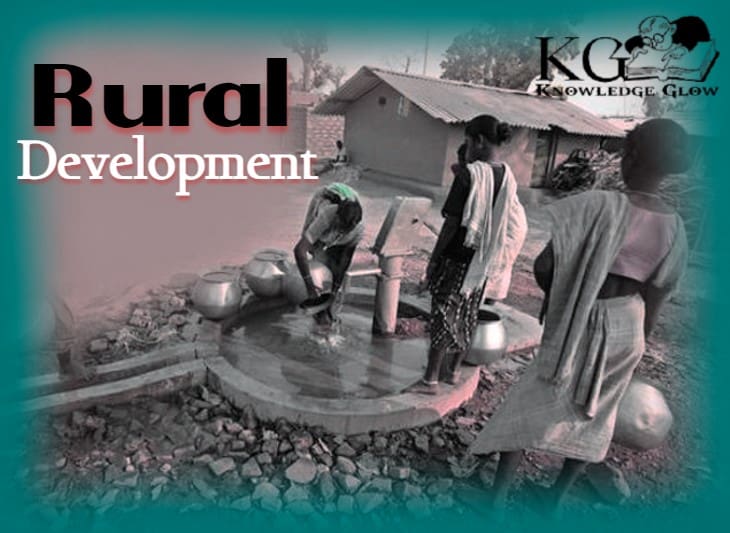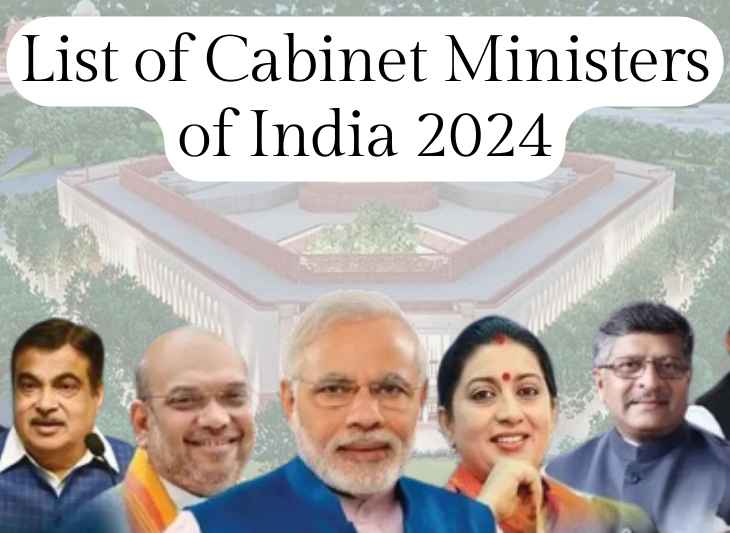Rural development is the process of building, developing and improving the quality of life in rural areas. The objective of rural development is to improve the economic well-being of rural people by increasing their productivity in agriculture and non-agricultural activities. The strategy for this process is called ‘rural development’. In this article, Knowledge Glow will described the all about of rural development.
Overview of Rural Development
Rural development is a multidimensional process aimed at improving the quality of life of the rural population. It involves increasing the productivity of agriculture, promoting non farm employment and reducing poverty and inequality.
Rural development should be understood as an intersectoral approach to change that focuses on improving both basic infrastructure such as roads, power supply and communications; social infrastructure such as health services and education; economic infrastructure such as marketplaces for crops or livestock products (agricultural produce); institutional factors affecting production systems such as land tenure; marketing network capacity through which farmers sell their agricultural produce at local markets etc.)
The Importance of Rural Development
Rural development is of great importance because it can help to improve the quality of life of people living in rural areas. The government has a responsibility to ensure that all citizens live in an environment where they can be healthy and happy, so it is important for them to have access to proper healthcare services, safe drinking water and sanitation facilities.
Rural areas also need infrastructure such as roads and schools so that children can get an education without having to travel long distances from their home communities.

The Challenges of Rural Development
Rural development is a complex process that has to be done in a participatory manner. It must involve the local community and it should be sustainable. The challenges of rural development are:
Participation :
Rural people need to be actively involved in designing their own strategies for sustainable livelihoods, as well as being aware of the problems they face. They need to have access to information about their environment, including its resources and potential uses; they also need support from outside agencies so that they can take part in decision making processes on issues affecting them directly or indirectly through trade links with other areas nearby (the impact zone). This means involving people at all levels – individuals may not have been consulted before decisions were made but when given opportunities afterwards then often make better choices than those who did not get such opportunities available earlier on..
Lack of Infrastructure :
Lack of Infrastructure is also a key factor in preventing people from making informed choices. Poor infrastructure means that people have difficulty getting around to access information and services, especially those who live in remote areas. This can be a problem for governments as well as individuals: if populations are not well connected then how do they receive messages about public health campaigns or other initiatives?
Access to Education and Healthcare :
Access to Education and Healthcare is also a major factor in preventing people from making informed choices. For instance, if people cannot afford to pay for healthcare or education then they will not be able to make good decisions about their health and well-being. This is especially true in developing countries where there are often serious gaps between rich and poor.
Economic Disadvantage :
It is not just the poor who are disadvantaged when it comes to making informed choices. Even those who have good incomes may need help in understanding the consequences of their actions. For example, if you live in a country where smoking is common then you might be tempted to start because everyone around you does so.
Social Isolation :
Social Isolation The more isolated you are from other people, the less likely it is that you will be able to make good decisions. For example, if you live in a rural area where everyone around you believes in witchcraft then it is unlikely that you will be able to resist this belief even though it may not be correct.
Environmental Concerns :
Environmental concerns are another factor that can affect your decision-making abilities. For example, if you live in a country where the drinking water is contaminated with lead then it is unlikely that you will be able to make good decisions about what to eat or drink.
High Unemployment Unemployment :
High unemployment Unemployment is another factor that can affect your decision-making abilities. For example, if you are unemployed then it is unlikely that you will be able to afford healthy food and therefore it is likely that you will eat cheap fast food which is bad for your health.

The Objectives of Rural Development
The objectives of rural development include:
- Improvement of living standards.
- Increased access to basic services.Improved rural infrastructure.Increased agricultural productivity. These objectives are achieved through the following strategies: Growth and diversification of the economy.
- Reduction of poverty and deprivation in rural areas.
- Improved access to basic services such as safe drinking water, sanitation facilities and health care facilities (including primary health care).
- Enhancement of employment opportunities in order to reduce unemployment among the poor majority who live in rural areas. This is done through linking agriculture with other sectors like manufacturing or service industries that provide jobs for rural people.
- It is also done through increasing productivity in the agricultural sector and improving access to markets for rural producers.
The Strategies of Rural Development
As per the government policy, the 2 strategies for rural development is most important:
- Rural Infrastructure Development: This strategy aims at improving infrastructure facilities such as roads, schools and hospitals in rural areas. It also provides financial assistance to farmers so that they can get their crops insured against drought or flood-related damage.
- Rural Education: The objective of this strategy is to improve educational facilities in rural areas by providing scholarships to students studying at government schools or private colleges located within a radius of 5 km from these areas. This will help them pursue higher education without having to travel long distances every day or stay late hours while studying hard work away from home environments where they live today due to poor economic conditions caused by natural disasters like floods which affect all parts of India equally badly but not equally affected equally badly by any other factor(s) related specifically only cause one type problem (e.g., too much rain) when another type problem (e.,g., lack clean water supply) occurs simultaneously causing both problems simultaneously thus causing more harm overall than just one issue alone would’ve done alone despite being worse individually speaking since both issues combined together reinforce each other leading us toward disasterous outcomes regardless whether we’re talking about climate change vs global warming vs climate variability.
Implementation of Rural Development Programs
Rural development is a term that refers to the social and economic activities of rural areas. It includes political, economic and social aspects of life in rural areas. As such, it encompasses geographical regions with populations less than 2 million people (as per 2011 census).
The government of India has implemented several programs for the benefit of its citizens living in rural areas including:
- Grameen Bank – This is one among other organizations working towards increasing financial inclusion among underprivileged individuals who do not have access to bank accounts or checks from banks due to poverty or illiteracy;
- PAYTM – The Public Account Management System aims at improving public sector accounting practices through initiatives like MyGovt Account;
- PMAY – This scheme provides financial assistance for improving nutrition status amongst children aged 6-59 months old through cash transfers once every two weeks.
- The scheme has been implemented in a phased manner, with the first phase covering around 100 districts across the country. The second phase will cover more than 200 districts by December 2018 and the third phase by March 2019. This scheme is expected to cover all 6,000+ tehsils of India by 2022.
Conclusion
In this article, we have described the definition of rural development and its importance in India. We also discussed some of the challenges that need to be addressed by rural development programs.








